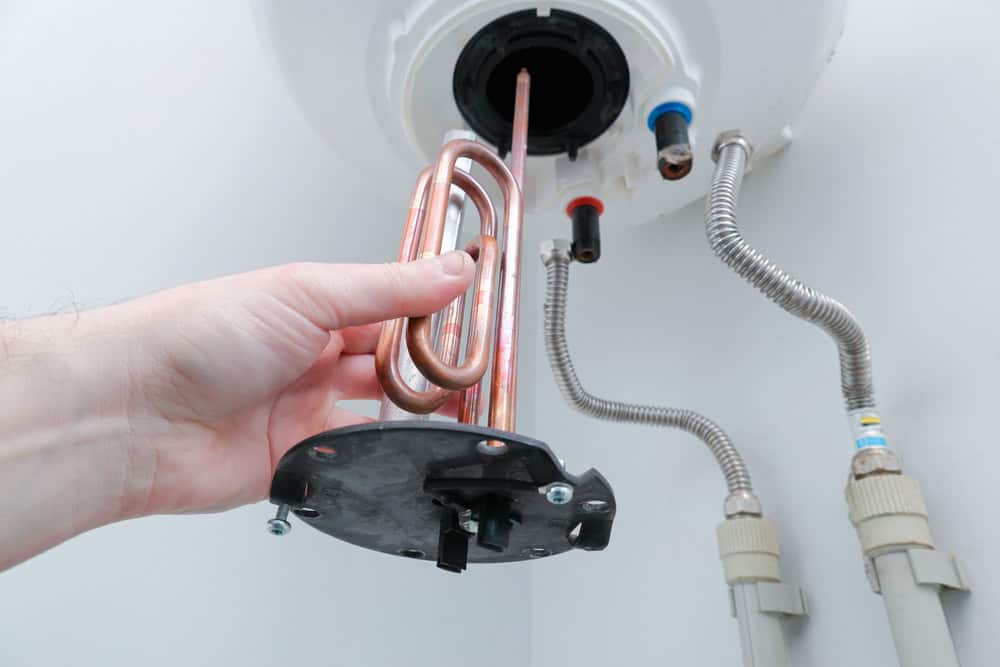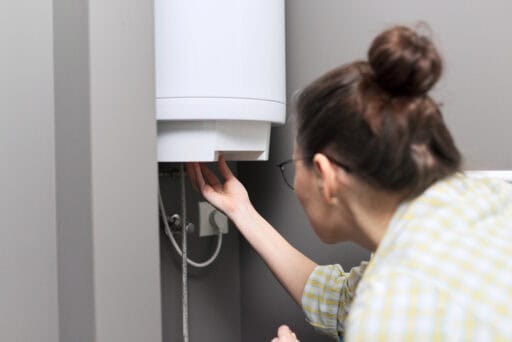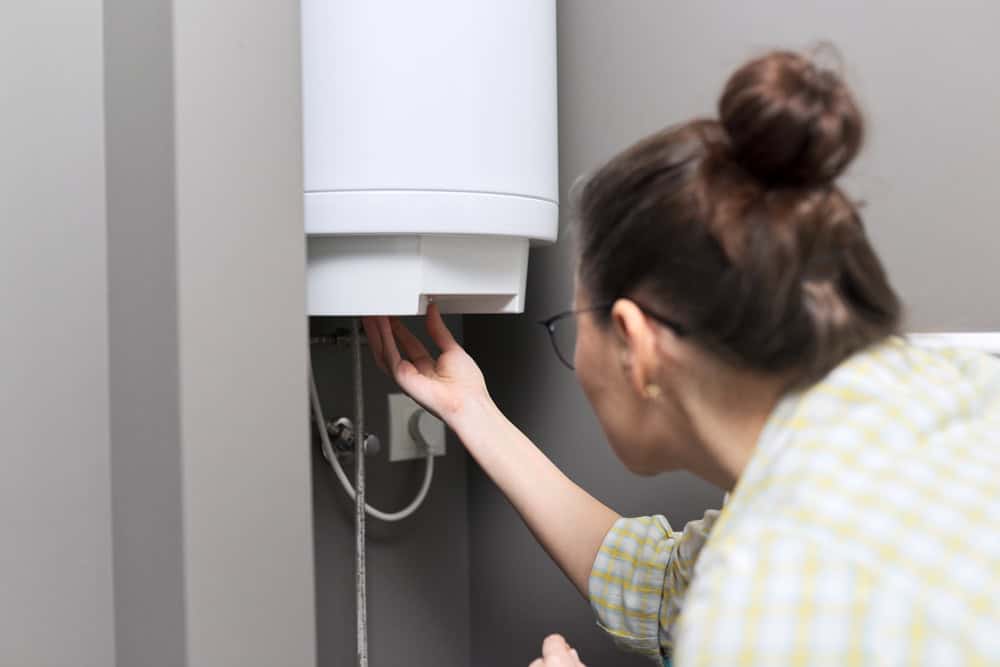Water heaters are often the unsung heroes of our homes, quietly providing hot water for showers, washing dishes, and laundry.
Like any other appliance, they require regular maintenance to function efficiently and last longer. Below are five essential tips to help you keep your water heater in top shape.
1. Regularly Check the Temperature Setting
The thermostat setting on your water heater plays a vital role in energy efficiency and safety. Many experts recommend keeping the temperature at around 120 degrees Fahrenheit.
This setting not only saves energy but also reduces the risk of scalding accidents.
If the thermostat is set too high, you’ll use more energy, leading to higher utility bills. Too low, and you risk bacterial growth, particularly Legionella, which thrives in lukewarm conditions.
Taking a moment to adjust this setting can significantly impact your energy consumption and safety during hot water use.
Checking the temperature should be part of your routine maintenance. Use a thermometer to verify the actual temperature of the water.
If it deviates from your desired setting, you might need to recalibrate the thermostat or consult a professional. Staying vigilant about temperature settings can prevent potential issues down the line.
If you find any issues or need help adjusting the settings, consider reaching out to a professional who offers affordable plumbing work with quality results to ensure everything is in top working condition.
2. Inspect the Anode Rod

The anode rod in your water heater is crucial for preventing rust and corrosion. Typically made from magnesium or aluminum, this rod attracts corrosive elements in the water, thus protecting the tank.
Over time, the anode rod will deteriorate and needs replacement to maintain protection.
Inspecting the anode rod at least once a year is a good practice. If it’s significantly corroded or has less than half its original diameter, it’s time for a replacement.
This simple step can extend the life of your water heater, saving you money on premature replacements.
Replacing the anode rod can be a straightforward DIY project if you’re comfortable working with tools. If not, a qualified plumber can handle this task with ease.
Remember, the cost of replacing an anode rod is minimal compared to the expense of a new water heater, making it a wise investment.
3. Flush the Tank Regularly
Sediment build-up is a common issue in water heaters, particularly those that are older or have hard water. This build-up can affect efficiency and heating performance.
Flushing the tank annually helps remove sediments and ensures the heater operates smoothly.
To flush your tank, turn off the power supply and let the water cool. Attach a garden hose to the drain valve and direct it to a floor drain or outside.
Open the drain valve and allow the sediment-laden water to flow out. Once the tank is empty, close the valve, remove the hose, and refill the tank before turning the power back on.
This maintenance task not only improves efficiency but also prolongs the life of your heater. Regular flushing can prevent overheating and reduce wear-and-tear on internal components.
It’s a small investment of time that pays off in increased performance and longevity.
4. Inspect for Leaks and Corrosion
Regular visual inspections can catch potential issues early. Check for water leaks around fittings, valves, and the tank itself.
Any moisture on the exterior surface can indicate a problem that needs addressing. Early detection can prevent further damage and costly repairs.
Corrosion is another enemy of water heaters. Look for rust spots or discoloration, especially at the base. If you see signs of corrosion, it might be time to consult a professional for a thorough inspection.
Ignoring these signs can lead to tank failure, resulting in a messy and expensive situation.
Make this inspection part of your seasonal home maintenance routine. A little diligence can save you from a major headache down the line.
Keeping an eye on your heater’s condition is akin to preventive medicine; it keeps everything running smoothly and efficiently.
5. Schedule Professional Maintenance
While many maintenance tasks can be done personally, scheduling periodic professional maintenance is wise. A trained technician can offer a thorough inspection and service that goes beyond the fundamentals.
They can check crucial components and identify issues you may overlook.
A professional can perform tasks like checking the pressure relief valve, inspecting the burner assembly, and ensuring proper ventilation.
This level of expertise ensures that everything is functioning optimally. Many service providers offer maintenance plans that can save you money in the long run.
Don’t wait for a problem to arise before calling in a pro. Regular maintenance can prevent breakdowns and extend the life of your water heater.
An ounce of prevention is worth a pound of cure, and scheduling regular check-ups is a small price to pay for peace of mind.
By following these five tips, you can significantly enhance the performance and longevity of your water heater.
Routine checks and maintenance are not just chores; they are investments in your home’s comfort and efficiency. Stay proactive, and your water heater will reward you with reliable service for years to come.













